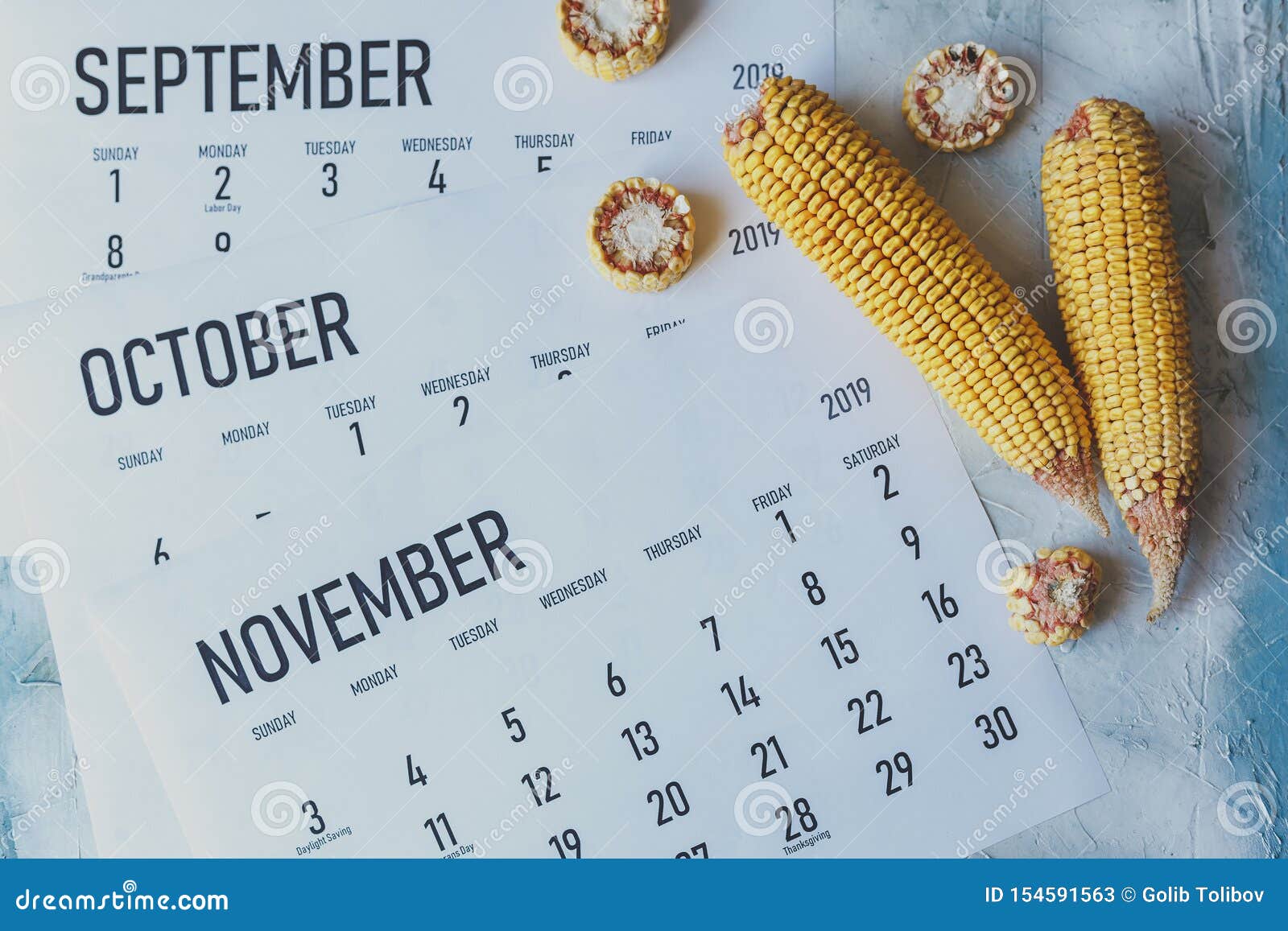
In January, we reach the point in our orbit nearest to the Sun (called perihelion), and in July, we reach the farthest point ( aphelion). Yes, the seasons are different lengths! Thanks to the elliptical shape of Earth’s orbit around the Sun, Earth doesn’t stay the same distance from the Sun year-round. It can sometimes feel like winter is dragging on forever, but did you know that winter is the shortest season of the year? (In the Northern Hemisphere, that is.) Therefore, the dates of the equinoxes and solstices can shift by a day or two over time, which causes the start dates of the seasons to shift over time, too. While our Gregorian calendar was designed to match the time it takes for the Earth to complete one orbit around the Sun, it’s not exact. Specifically, it eliminates leap days in century years not evenly divisible by 400, such 1700, 1800, and 2100, and millennium years that are divisible by 4,000, such as 8000 and 12000. Why? There are several reasons, but the one that’s easy to understand is: the Sun doesn’t follow a human calendar! You may have noticed that the first day of spring is on a different date than when you were younger. Learn more in our article about the “ Reason for the Seasons.” Credit: NAA Why Has the Date Changed for the Start of Seasons? And when the South Pole tilts toward the Sun, it’s winter in the Northern Hemisphere. When the North Pole tilts toward the Sun, it’s summer in the Northern Hemisphere. So, as the Earth orbits the Sun over the 12 months of the year, different parts of Earth get the Sun’s direct rays. The axis is always tilted in the same direction. It’s the Earth’s tilted axis that causes the seasons. It’s commonly assumed that the warmer seasons happen because Earth is nearer the Sun (and the colder seasons happen when Earth is farther from the Sun). Nope. The Old Farmer’s Almanac is an astronomical “calendar of the heavens,” so our book has long followed the astronomical definition of the seasons based on the Sun and Earth! What Causes the Seasons? According to this definition, each season begins on the first of a particular month and lasts for three months: Spring begins on March 1, summer on June 1, autumn on September 1, and winter on December 1. Climate scientists and meteorologists created this definition to make it easier to keep records of the weather, since the start of each meteorological season doesn’t change from year to year. In contrast, the meteorological start of a season is based on the annual temperature cycle and the 12-month calendar.A solstice is when the Sun reaches the most southerly or northerly point in the sky, while an equinox is when the Sun passes over Earth’s equator. Because of leap years, the dates of the equinoxes and solstices can shift by a day or two over time, causing the start dates of the seasons to shift, too. More specifically, the start of each season is marked by either a solstice (for winter and summer) or an equinox (for spring and autumn). The astronomical start of a season is based on the position of the Earth in relation to the Sun.Here is more explanation about how astronomers and meteorologists define seasons differently: Subtract 3 hours for Pacific time, 2 hours for Mountain time, 1 hour for Central time, and so on.įirst Day of Spring 2023: The Spring Equinox

Note: The dates above correspond to the start of the listed seasons in the Northern Hemisphere. The First Days of the Seasons 2023 Seasons




 0 kommentar(er)
0 kommentar(er)
